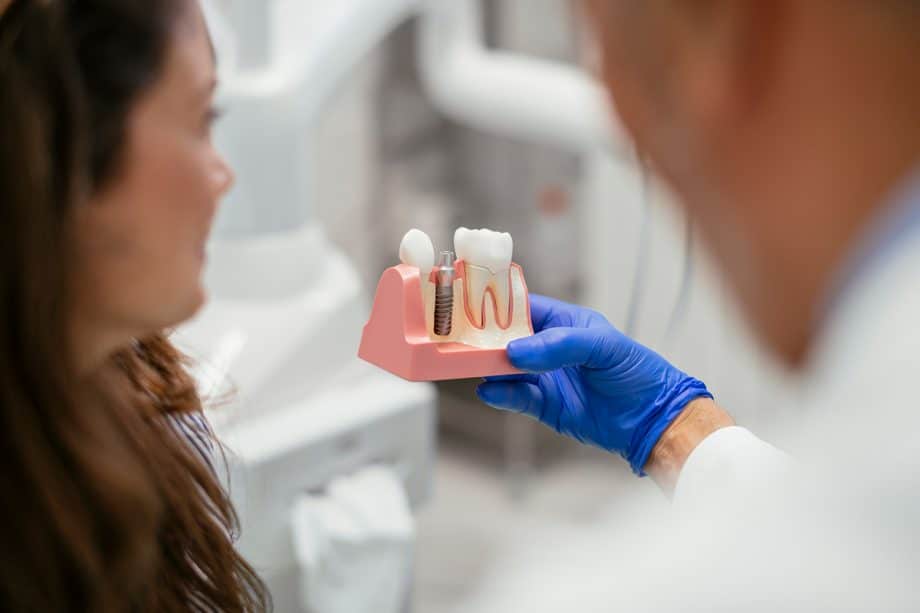Are you considering or planning on getting dental implants? When one or more teeth are missing or need to be extracted due to decay or damage, dental implants provide a replacement solution. They are considered to be the highest quality tooth replacement options available due to their many benefits.
If you or a family member will be getting one or more dental implants, here’s a guide to the dental implant procedure to help you know what to expect.
What is a Dental Implant?
A dental implant is an artificial tooth root that is surgically placed in the jaw bone. It is made of titanium, a biocompatible material that fuses with the bone to create a solid, permanent bond. A crown can be attached to the implant to replace a single tooth. Multiple dental implants can be placed in the jaw to support a bridge or dentures. A dental implant looks and functions as much like a natural tooth as possible in a prosthetic.
Preparation for Dental Implant Placement
Before a dental implant can be placed, an evaluation must be done to determine if there is enough bone structure to support an implant. If a tooth has been missing for a long time, the bone that once supported that tooth will most likely have weakened and may have resorbed, or dissolved. In this case a bone graft procedure may be needed to prepare the jaw bone. A bone graft involves placing a bone fragment in the socket that thickens and regenerates growth of the existing bone. The process of regeneration can take a few months.
If the tooth is still in place, it will need to be extracted before the placement of the dental implant. The same is true for multiple tooth extractions in preparation for the placement of implant supported dentures. Your dentist may want to give your gum tissue time to heal following extractions before placing dental implants.
The Dental Implant Process
The placement of a dental implant restoration is completed in the following steps:
- Placing the implant. The dental implant is surgically placed in your jaw bone. This can be done with local anesthesia in most cases, but sedation options are available for patients who may benefit from some relaxation assistance.
- Adding the abutment. The abutment is attached to the dental implant. This is a post that extends from the implant and through the gums that will connect to the prosthetic.
- Attaching the prosthetic. The artificial tooth or teeth will be attached to the abutment(s), either a crown, bridge, or dentures.
These 3 steps can be completed in one day for some patients, but in most cases there will need to be time allotted for healing between each of the above steps. Healing time varies from a few weeks to a few months.
Follow Up Care After Dental Implant Placement
After your dental implant placement, you’ll need to follow your dentist’s instructions for care.
- Eat carefully. You’ll need to be careful what you eat following your dental implant placement. Eat a liquid or soft food diet for the first few days or even a few weeks depending on your needs. Avoid drinking from a straw, as it can dislodge blood clots that are important for healing. Be sure to eat a balanced nutrition with plenty of protein to promote healing.
- Manage discomfort. If you experience any tenderness or discomfort following your procedure, over the counter pain relievers should make it manageable. Contact your dentist if you experience any severe discomfort.
- Avoid smoking. Smoking can delay healing and prevent your dental implant from fusing with the jaw bone. It is best to avoid it completely during your recovery and going forward.
Glassman Dental Care Provides Dental Implants
If you are interested in dental implants, contact Glassman Dental Care. We provide quality dental implant placement to replace anywhere from one to all of your teeth. After a brief evaluation, we can create a treatment plan to restore the look and function of your smile.
Call 212-787-4860 or contact us today to learn more and schedule an appointment.


